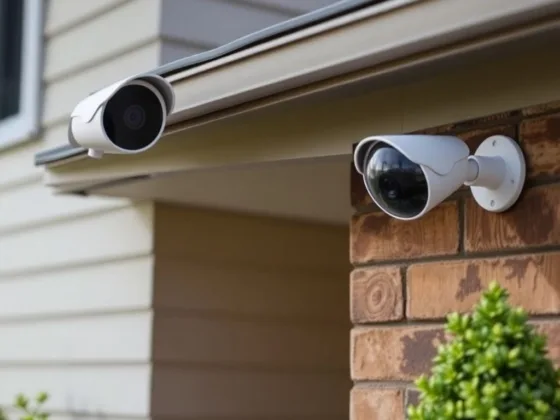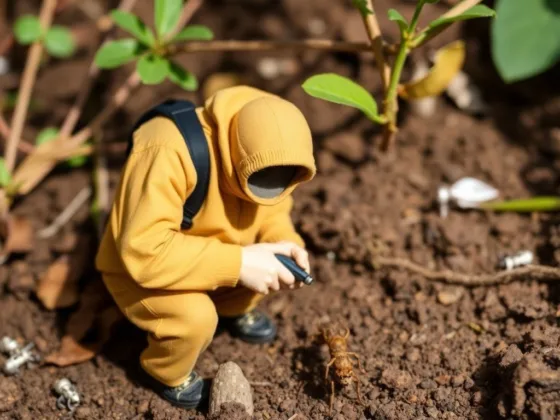Table of Contents Show
Is Minimalist Living a New Trend?
Look around you. Do you find clothes, shoes, appliances, gadgets, and other odds and ends filling up your space? Have you ever thought about ditching what you know you don’t need and opting for a more minimalist living?
Statistics have revealed that Americans spend a whopping USD 1.2 trillion every year on nonessential goods. Close to USD 100 billion is spent on trinkets and accessories like watches, jewelry, and shoes, as opposed to essentials like higher education.

Research conducted by The Telegraph has revealed that 10-year-olds, on average, own close to 238 toys and spend their time playing with only 12. The truth of the matter is that there are close to 300,000 items contained within an average American home.
Tiny homes that are less than USD 20,000 however, require one to adopt the minimalist approach to living.
With the spread of COVID-19, however, many have started questioning the spaces they live in and the things that they own. Tighter budgets and reduced incomes have resulted in households keeping as much as they require to live, and ditching the rest.
Minimalism is now steadily on the rise, with many acknowledging the debt relief and environmental benefits associated with a sparser way of living. One aspect of life that minimalism has influenced is homeownership.
Why Should You Consider Tiny House Living?
Tiny houses are now becoming an option to consider owing to changes in global circumstances. These smaller living spaces are known to be a whole lot more affordable. Tiny houses are ideal for those looking to declutter and downsize, living a simpler and eco-conscious lifestyle.
A tiny house costs less than a traditional house . . . a minimum of one-fifth of a regular house in the United States. 78% of tiny house owners actually own their house, as opposed to the 65% of regular house dwellers whose living space is not legally theirs.
Statistics have also revealed that 89% of tiny house owners have lesser credit card debt as opposed to regular house-owning Americans.
Read Also:
A smaller house also calls for lesser natural gas and electricity usage, contributing significantly to a decrease in carbon footprint. Tiny homeowners also tend to store and consume fresher foods, owing to a smaller freezing and storage space.
With DIY small space organization ideas available, you can customize your house to suit your needs perfectly. If you are considering ditching the pre-packaged food culture and opting for cleaner eating, tiny house owning might be a good choice for you!
Tiny houses are 600 square feet in area or less. This makes maintenance a lot easier and affordable. If the idea of less clutter, lower carbon footprint, more savings, and a cleaner quality of life appeal to you, tiny house living might be your best option!
What are the Challenges of Living in a Tiny House?
If the sound of tiny house owning appeals to you, it would be necessary to take a look at the possible challenges associated with minimalist living.
The first challenge associated with living in a tiny house is downsizing. Tiny house living is not for everyone and with the lesser space, you will have to ditch all things that you do not require. Tiny houses and smaller spaces mean lesser storage, which is why individuals and couples without children would be better suited to opt for this style of living.
Living in a tiny house is also not for those who enjoy living in isolation. There are a number of areas and communities in the country that have minimum requirements for square footage, something that tiny houses cannot meet.
Therefore, tiny homeowners have to often consider plots that are well outside city limits. This means that you might not be able to drive down to meet your friends and family as often as you would like.
You might also struggle to secure a mortgage for your tiny house, given that traditional lenders do not offer loans for small houses. Smaller houses also have a significantly lesser resale value. However, this might change over time with the increase in minimalist living.
Buy or Build? The Cost Factor
If you have decided to go ahead with tiny-house living, we are here to provide you with an estimate of how much it will cost to build or buy your new house. Typically, it is significantly cheaper to build your own house than buying a pre-built house.
You will also have to keep in mind the amenities you need in your house, the materials you will be using, and the kind of foundation you want to build (with or without wheels).
Building a tiny house on a foundation from scratch will range from USD 35,000 to USD 68,000. Those looking to build their tiny houses will be required to shell out USD 14,050 to USD 54,8000 on materials alone. Building permits will also have to be taken into consideration.
The permits would cost around USD 1350 nationally. This price however varies depending on square feet and customized materials used. You will also have to consider preparing yourself before undertaking an interior painting project of your own.
If you are considering purchasing your own space, pre-built tiny houses can be expected to cost around USD 30,000 and more – depending on the level of luxury and space. The downside to buying your tiny house is that you will not have control over your space and how you would like to set it up.
Therefore, you can expect additional expenses if you are looking to adapt the space to your own needs.
Tiny house living might not be for everyone, but the benefits far outweigh the downsides of minimalist lifestyles. Remember to make your decision once finances and other aspects are taken into consideration. Do your research, plan your finances and you will have a house that is yours in all regards!









